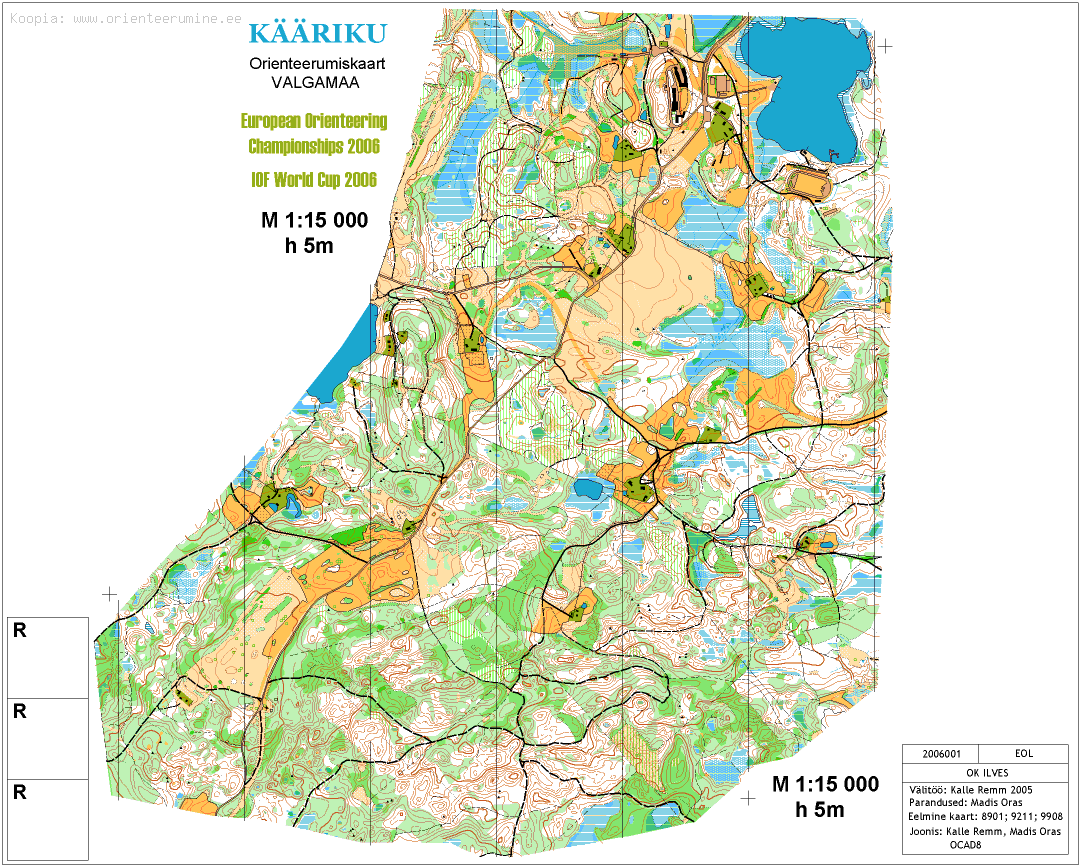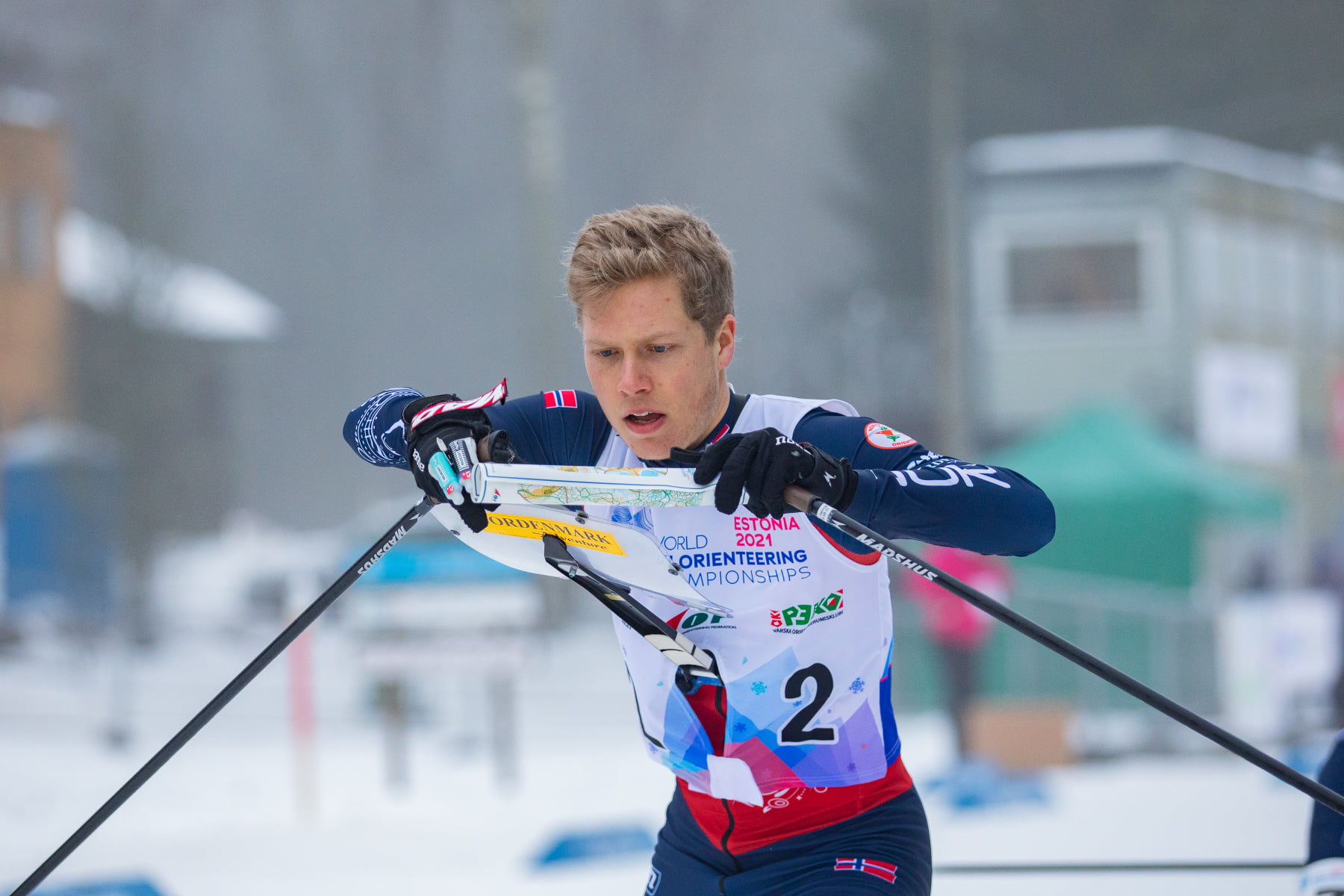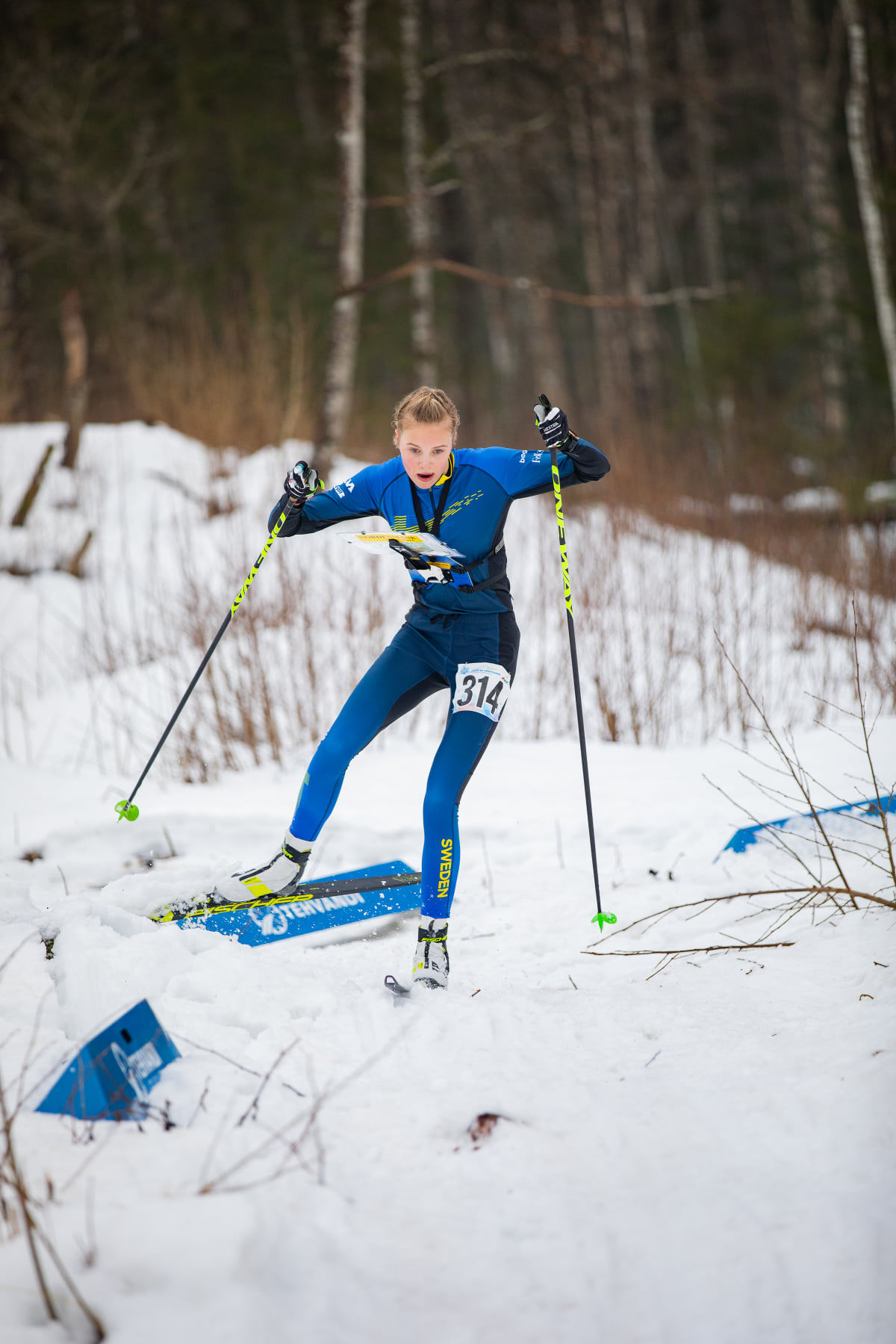I used to think cross-country skiing was a niche sport. Any self-proclaimed Nordic skier can relate to telling someone you’re a “skier” and having them automatically assume you mean alpine skiing. And if you bother to explain what kind of skier you actually are, there’s a good chance they will still have no idea what you’re talking about. Now combine Nordic skiing with the similarly-niche (though better known in Europe) sport of orienteering and you have a very particular sport — ski orienteering.

Orienteering is something that has always interested me. I like the added intrigue to a running race of having to find specific points along the way. It helps that I consider myself competent with maps and directions. However, I knew very little about the actualities of orienteering until moving to Europe and being introduced to the orienteering world. For readers who have not heard of orienteering, races do not have a marked route or set distance. Instead races involve athletes navigating with a compass and detailed maps of an area to find waypoints in the landscape and complete a course. I should note, the sum total of my orienteering experience had been using hand-drawn maps and cryptic clues to find points around my hometown during fall dryland team practice.
It turns out that’s not how the pros do it.
Ski orienteering involves the same elements of traditional foot orienteering but is completed on nordic skis. An official orienteering map is quite detailed and in addition to marking the course with the control points that must be visited, it also provides detailed information about the terrain such as hills, ground surface, and notable features such as boulders, logs, or cliffs.

The race course is not revealed to competitors until they start, meaning they can’t plan their route ahead of time. These events place a premium on one’s ability to navigate. The definition of ski orienteering says, “Skiing and navigational skills shall be tested in such a way that navigational skill is the decisive element. In ski orienteering the course shall be completed predominantly on skis. Parts may be completed on foot, in which case the competitor must carry appropriately-sized skis, ski poles and ski boots.”

Ski orienteering is both mentally and physically challenging, requiring mathematical and spatial ability and short-term memory while executing the physical demands of a cross-country ski race. Compared to a traditional cross-country competition, ski orienteering takes place on technically challenging, narrow, soft tracks. Athletes are required to read a map and make route choices while maintaining ski speed.

As in other Nordic ski competitions, ski orienteering races can be interval start, mass start, or pursuit start format. Instead of distance, the events are categorized by time given that competitors will take different routes to complete. For example, Long distance events should last between 85-95 minutes whereas the Middle distance event should last between 40-45 minutes. The courses are designed to require a range of different orienteering techniques and require concentration throughout the race, calling for detailed map reading and frequent decision making. As the athletes find each control point, marked by a distinct flag, they use an electronic punching system to monitor their progress through the course.

The sport of orienteering originated during the late 19th century in Sweden and has a long history in Scandinavia. What started as military training in land navigation grew into a competitive sport for military officers and then civilians. The first competition open to the public was held in Norway in 1897.
The ski orienteering World Cup began in 1989 with the premier event taking place in Austria. In 2012, the first stage of the World Cup season was held in Lake Tahoe, California, despite few American competitors in the sport. While most of the events for this past winter were cancelled due to COVID, World Championships for ski orienteering were held in Estonia and had participants from 17 countries. Looking at the World Ranking list it seems that, as in cross-country skiing, the Russians and the Scandinavians are dominant. On the men’s side, the top three ranking athletes are all Russian, followed by three Norwegians and a Swede. On the women’s side, Daisy Kudre of Estonia leads the rankings, followed by Swedes and Russians.

The 2021/22 ski orienteering season kicks off in December with the Winteruniversiade taking place in Switzerland, followed by World Cups in Austria and World Championships in Finland. If you’re looking to spice up your Nordic routine and try something new, ski orienteering could be for you.

Ella Hall
Growing up in Washington’s Methow Valley, Ella was immersed in skiing and the ski community from a young age. From early days bundled in the pulk, to learning to ski as soon as she could walk, to junior racing, a few seasons of collegiate racing, and then to coaching, she has experienced the ski world in many forms. Now, as a recent graduate from Dartmouth College, she finds herself living in France splitting her time between teaching English at a university in Lyon, avidly following ski racing (and now writing about it!) and adventuring in the outdoors as often as possible.



